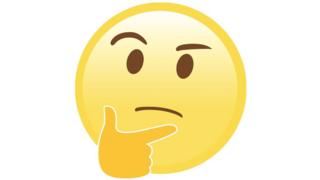- UID
- 20
- Online time
- Hours
- Posts
- Reg time
- 24-8-2017
- Last login
- 1-1-1970
|

▼ Emoji might not be your first line of communication in a disaster...
But researchers feel they could make a difference during emergencies like earthquakes, where every second counts.
Now, an international group of scientists are lobbying for an earthquake emoji to be added to the Unicode set - the standard group of icons available on digital devices worldwide.
But can one emoji really make a difference in a crisis?
Emoji-quake
"Maybe up to one third of the world's population might be exposed to some [seismological] hazard," explains University of Southampton seismologist Dr Stephen Hicks, a founder of the Emoji-quake campaign.
"So we really want to be able to communicate to all of those regions, all of those different languages, and an emoji is an amazing way of doing that."
The campaign aims to find an earthquake-appropriate design to be submitted to Unicode.
Dr Sara McBride, a communications specialist with the United States Geological Survey, is also part of the effort.
"Emoji can cross the boundaries of written language, helping communicate valuable information to people who may struggle to read a certain language... [they] help us communicate this complex threat faster to more people," she told BBC News.
Why earthquakes?
"The problem with an earthquake," says Dr Hicks, "is it's a very complex process; it's sort of hidden. It's not as tangible as a volcano or a tornado."
Unlike many other weather and climate related events, where longer warning times or visible signs are available, earthquakes move incredibly quickly and are difficult to measure while they are still occurring.
Populations in areas like Japan and Mexico are reliant on earthquake early warning technology, which issues an alert on digital devices and broadcast media. (▪ ▪ ▪)
► Read the full note here: Source |
|